From AI to no-code, explore the Web Development Trends You Need to Know right now.
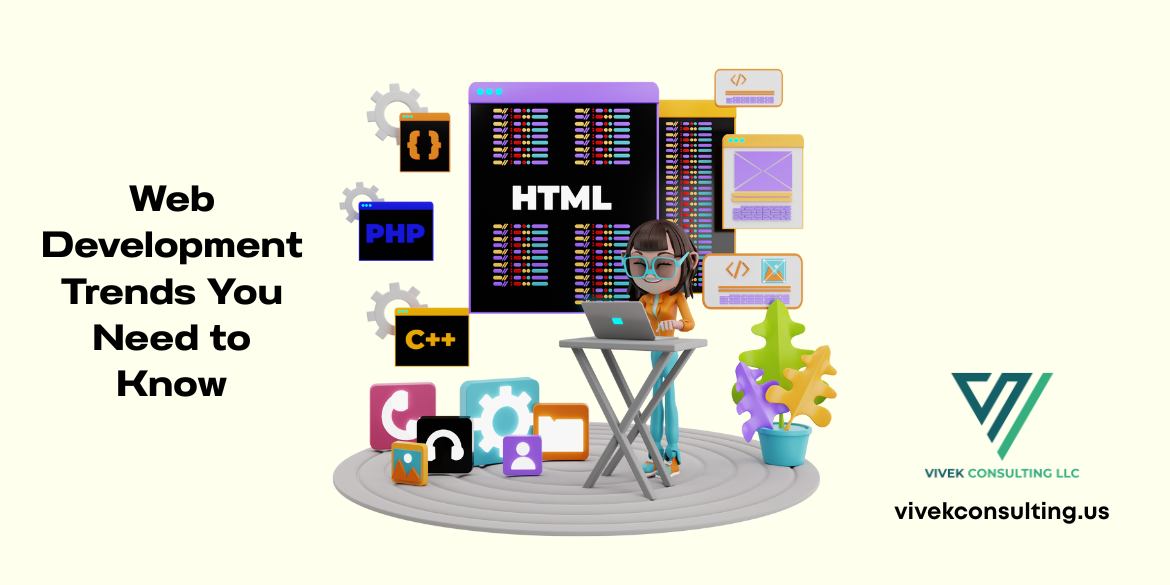
29 Apr 2025
The Web Is Changing—Fast
The digital landscape is not only
evolving; it is being fundamentally reengineered. Emerging technologies and
user expectations are rewriting the rulebook for Web Development.
Whether you're building for business, branding, or bold new ideas, staying
ahead of these seismic shifts isn't optional anymore—it's survival.
Why Web Developers and
Businesses Can’t Afford to Ignore These Trends
Web users are more demanding, Digital-First,
and device-agnostic than ever before. Businesses that overlook these trends
risk falling into digital obscurity. The competitive edge now belongs to those
who build faster, smarter, and with adaptability at the core.
How Innovation Is Reshaping
What’s Possible Online
From real-time AI to immersive
experiences, innovation is smashing the ceiling on what web apps can do. We're
not just building pages anymore—we're building platforms, ecosystems, and
experiences that feel alive.
AI-Powered Development Is
Taking Over
How AI Is Speeding Up Coding
and Testing
AI tools like GitHub Copilot and
Amazon Code Whisperer are co-piloting development, reducing grunt work and
minimizing bugs before they make it to production.
Using AI to Personalize User
Experiences
Personalization engines are now
AI-driven, enabling predictive content, dynamic interfaces, and user flows that
feel custom-made.
Popular AI Tools Reshaping the
Dev Workflow
From ChatGPT to TensorFlow.js, AI
is baked into every phase of the modern development lifecycle.
The Rise of No-Code and
Low-Code Platforms
Why Businesses Love No-Code
for Rapid Deployment
Time is money, and no-code
platforms like Webflow and Bubble let teams prototype, build, and ship in
record time.
Top No-Code Tools Developers
Are Using
Alongside Webflow and Bubble,
tools like Airtable, Zapier, and Adalo are reducing dependencies on traditional
dev cycles.
Balancing Flexibility and
Control with No-Code
Developers are learning to
integrate no-code solutions without sacrificing scalability or
security—striking a new balance between creativity and control.
JAMstack Is Redefining Site
Architecture
The Speed and Security
Advantages of JAMstack
With static pre-rendering and
serverless functions, JAMstack drastically reduces attack vectors and load
times.
Popular JAMstack Frameworks to
Explore
Next.js, Gatsby, and Eleventy are
leading the pack in creating fast, maintainable, and secure websites.
How JAMstack Empowers Headless
CMS Integration
Headless CMSs like Sanity,
Contentful, and Strapi pair seamlessly with JAMstack, offering flexibility and
performance.
Progressive Web Apps (PWAs)
Are Going Mainstream
What Makes PWAs So Powerful
for User Engagement
PWAs combine the benefits of web
and mobile, including offline access, push notifications, and fast loading
times.
Benefits of PWAs for
Mobile-First Experiences
They eliminate app store
friction, making onboarding seamless and frictionless.
Examples of Brands Winning
with PWAs
Pinterest, Twitter Lite, and
Starbucks are leveraging PWAs to increase engagement and cut bounce rates.
Voice Search Optimization for
a Talking Web
How Voice Search Is
Influencing Design and Content
Voice-friendly content is more
conversational and intent-focused. It's reshaping how we structure data and
write copy.
Best Practices for Optimizing
Sites for Voice Queries
Use structured data,
answer-focused content, and natural language queries to win the voice game.
Voice UX: Designing for
Screenless Interactions
From audio prompts to haptic
feedback, new UX patterns are emerging for screenless navigation.
Motion UI and
Micro-Interactions
Creating Delightful User
Experiences with Subtle Motion
Micro-interactions, when used
thoughtfully, offer feedback, reduce friction, and enhance delight.
Why Animations Matter in
Modern Web Design
They make interfaces feel
intuitive and alive by giving visual clues that help people navigate
intuitively.
Tools to Build Interactive,
Responsive Animations
Tools like Framer Motion, GSAP,
and Lottie bring high-performance animation to the web with ease.
Dark Mode and Personalized
Interfaces
User Demand for Visual
Customization
Users expect control over their
experience, including how it looks. Dark mode is no longer a luxury—it’s table
stakes.
Implementing Dark Mode Without
Compromising Usability
Smart theming frameworks and
accessibility-first design ensure style doesn't trump readability.
Personalized UI Experiences
Using Data
User preferences and behavioral
analytics are fueling UI customizations that adapt in real time.
API-First Development Is the
New Normal
Why APIs Are Critical for
Scalable Development
APIs decouple frontends from
backends, making systems more agile and composable.
Building and Managing
API-First Applications
Using GraphQL, REST, and gRPC to
build robust, scalable service layers.
Benefits of Decoupling the
Frontend and Backend
It allows for faster iterations,
easier maintenance, and multi-platform delivery.
Responsive Design Beyond
Mobile
How Responsive Design Is
Evolving in 2025
Designs must now respond to
devices like foldables, ultra-wide monitors, and smart appliances.
Designing for Foldables, TVs,
and Wearables
Flexible grids, adaptive content,
and media queries are more sophisticated than ever.
Future-Proofing Your Layout
Strategy
Progressive enhancement and
modular CSS ensure your UI is ready for what's next.
Cybersecurity as a Design
Priority
How Web Security Is Shaping
Frontend Decisions
Security isn't just backend
territory anymore. UI elements like CAPTCHA, alerts, and form validation are
evolving.
Built-In HTTPS, Content
Security Policies, and More
These should be defaults, not
afterthoughts. Browsers and users alike demand it.
Why User Trust Starts with
Secure Design
Trust is earned through visible,
intentional protection against threats.
Green Hosting and Sustainable
Web Development
Eco-Conscious Coding and
Hosting Practices
Minimize data transfer, use green
servers, and optimize code for energy efficiency.
Tools to Track and Reduce Your
Site’s Carbon Footprint
Check out Website Carbon
Calculator, Ecograder, and Green Web Foundation APIs.
Sustainability as a
Competitive Advantage
Users and investors increasingly
align with brands that prioritize the planet.
Web3 and Decentralized
Applications
How Blockchain Is Influencing
Web Development
Smart contracts, DAOs, and
decentralized storage are building blocks of Web3 apps.
What Devs Need to Know About
Smart Contracts
Security audits, Solidity coding,
and gas fee optimization are key skills.
Decentralization and User
Ownership of Data
Empowering users with control
over their data is a central ethos of the decentralized web.
AI-Powered Chatbots and
Virtual Assistants
24/7 Support with Intelligent
Chat
Smart bots now understand
context, sentiment, and intent—providing far more than canned replies.
Best Platforms for Building
Smart Chatbots
Dialogflow, Microsoft Bot
Framework, and Rasa are leading the way in intelligent communication.
Enhancing UX with
Conversational Interfaces
Bots are becoming brand voices,
guiding users through flows with warmth and precision.
Web Accessibility That Goes
Beyond Basics
Inclusive Design as a Core
Principle
Accessibility isn’t a
feature—it’s a foundation. Design should include everyone from the start.
Making Your Site Work for
Everyone, Everywhere
Use semantic HTML with alt
attributes, keyboard navigation, and ARIA labels.
Tools to Test and Improve
Accessibility
Wave, Axe, and Lighthouse help
ensure compliance and inclusive usability.
Real-Time Web Experiences
Why Users Expect Instant
Updates
In the era of live everything,
users expect zero-lag experiences—from chat to stock prices.
Tech Stacks Powering Real-Time
Apps
WebSockets, Firebase, and Pusher
are powering the instant web.
Use Cases: Messaging, Finance,
Collaboration Tools
Think Slack, Figma, Robinhood—all
thriving on real-time capabilities.
Component-Based Design Systems
Benefits of Reusable UI
Components
Design systems foster
consistency, speed, and scalability across teams.
Popular Frameworks Like React,
Vue, and Svelte
Each offers unique strengths,
from reactivity to simplicity.
How to Build and Scale Design
Systems Effectively
Use Storybook, Figma, and
documentation-first workflows.
The Evolution of Frontend
Frameworks
Comparing Modern JS Frameworks
and When to Use Each
React for flexibility, Vue for
simplicity, Svelte for performance, Solid for reactivity.
Hot Features from Next.js,
Nuxt, and Beyond
Incremental static regeneration,
middleware, edge functions, and hybrid rendering.
Trends in Server-Side
Rendering and Hydration
Partial hydration and island
architecture enhance performance and engagement.
Cloud-Native Web Development
The Shift to Serverless
Architecture
Deploy apps without managing
servers using AWS Lambda, Vercel, or Netlify Functions.
How Edge Computing Is Changing
Delivery Speeds
By serving content from data
centers closer to users, latency plummets.
Every developer should be
familiar with these cloud tools and services
Explore Cloudflare Workers,
Firebase, Supabase, and Hasura.
Augmented Reality and
Immersive Experiences
Bringing AR into the Browser
WebXR and frameworks like
Three.js are enabling AR/VR directly in the browser.
Libraries and APIs for
Building Immersive UIs
A-Frame, Babylon.js, and AR.js
offer devs new dimensions to play in.
Future of Mixed Reality in Web
Development
Soon, websites won't just be
viewed—they'll be experienced.
SEO in the Age of AI and UX
How Core Web Vitals Impact
Rankings
Google's new gold standard
includes page speed, interaction, and layout stability.
AI-Generated Content vs. Human
Storytelling
Balance efficiency with
authenticity—search engines and users both crave value.
Balancing Performance with SEO
Best Practices
Fast, accessible, keyword-rich
content that delights both crawlers and humans.
Conclusion:
Staying Ahead in a Dynamic Web
World
Why Adaptability Is Your Most
Powerful Asset
Trends come and go, but agility
helps you evolve with them.
Key Takeaways to Future-Proof
Your Development Strategy
Invest in learning, embrace
change, and design for resilience.
Resources and Communities to
Stay Updated
Join dev communities like Dev.to,
Indie Hackers, Hashnode, and r/webdev to stay sharp.
Recent Articles
-
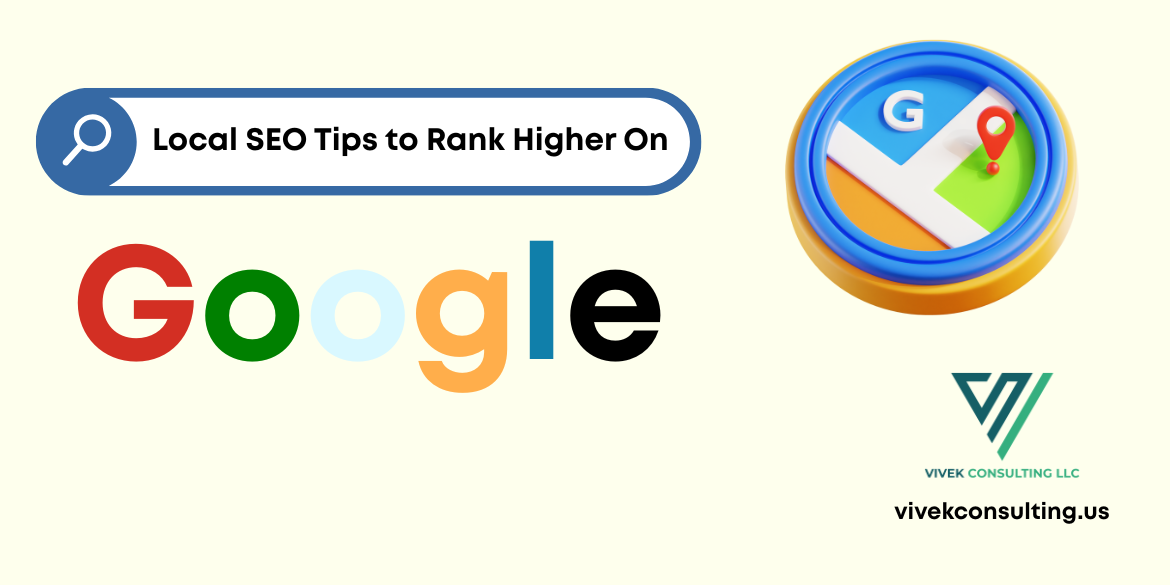 Want more local traffic? These Local SEO Tips to Rank Higher on Google will get you noticed
Want more local traffic? These Local SEO Tips to Rank Higher on Google will get you noticed
-
 What's the Difference Between on-page and off-page SEO?
What's the Difference Between on-page and off-page SEO?
-
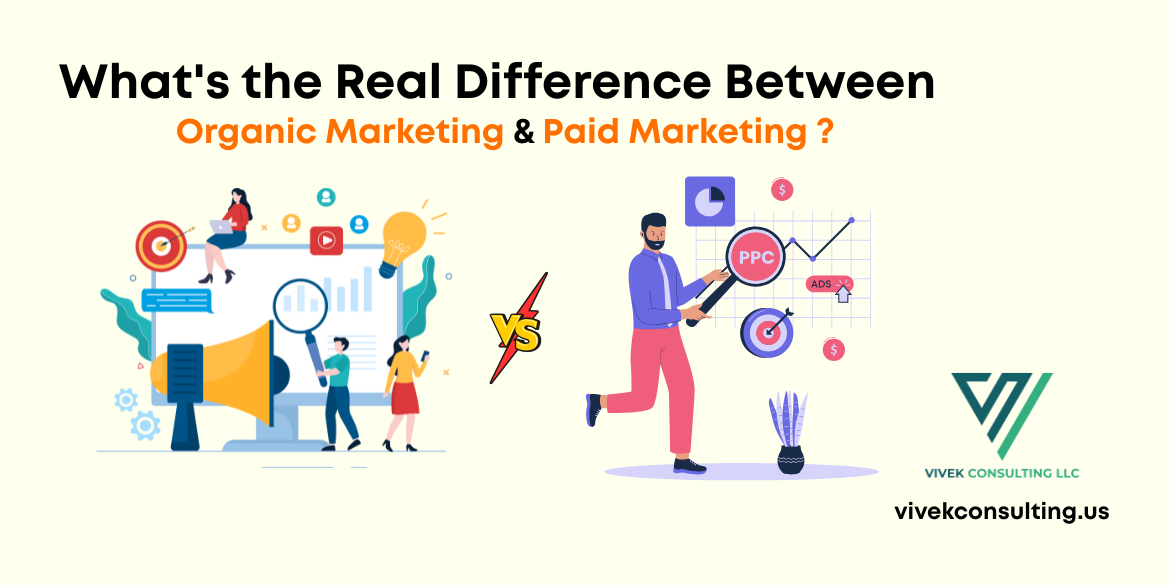 What's the Real Difference Between Organic and Paid Digital Marketing?
What's the Real Difference Between Organic and Paid Digital Marketing?
-
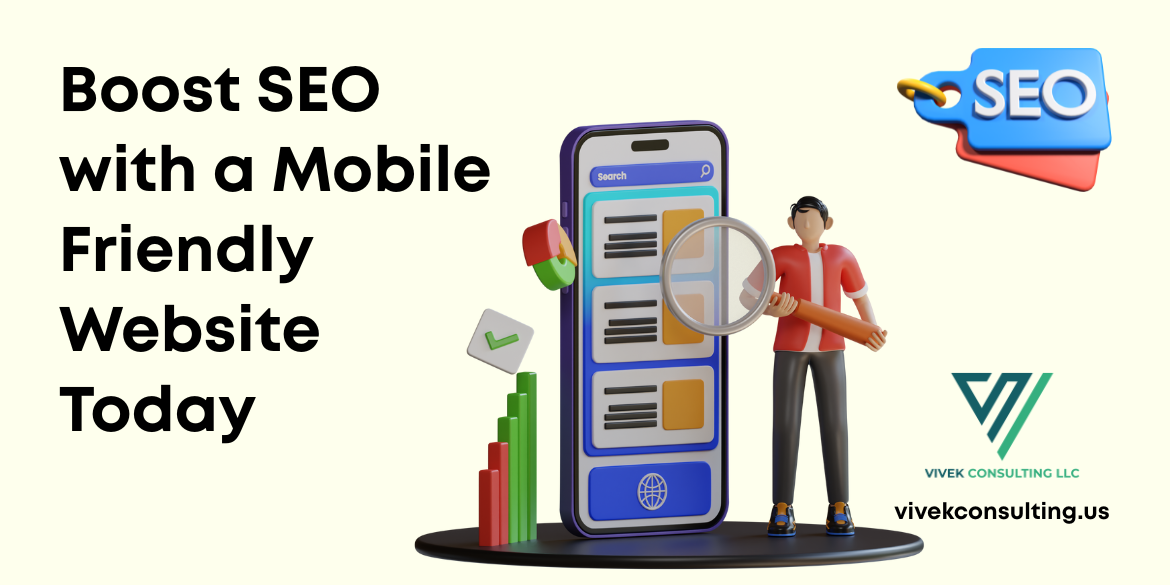 Boost SEO with a Mobile Friendly Website Today
Boost SEO with a Mobile Friendly Website Today
-
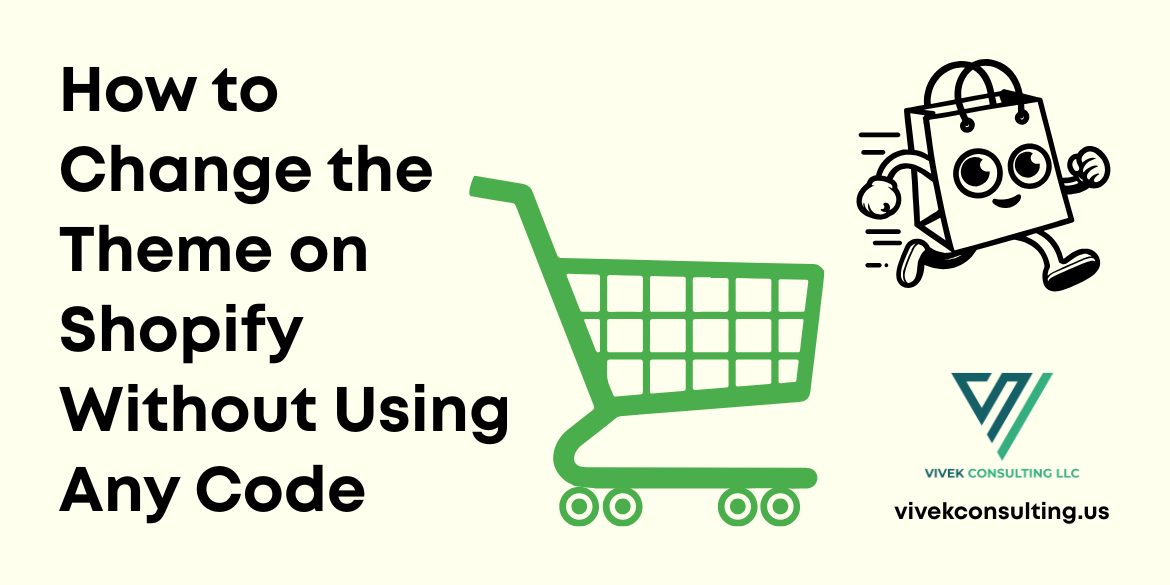 How to Change the Theme on Shopify Without Using Any Code
How to Change the Theme on Shopify Without Using Any Code
-
 Why Businesses Need Blockchain Development
Why Businesses Need Blockchain Development
-
 SEO Strategy: How to Create an Effective Plan
SEO Strategy: How to Create an Effective Plan
-
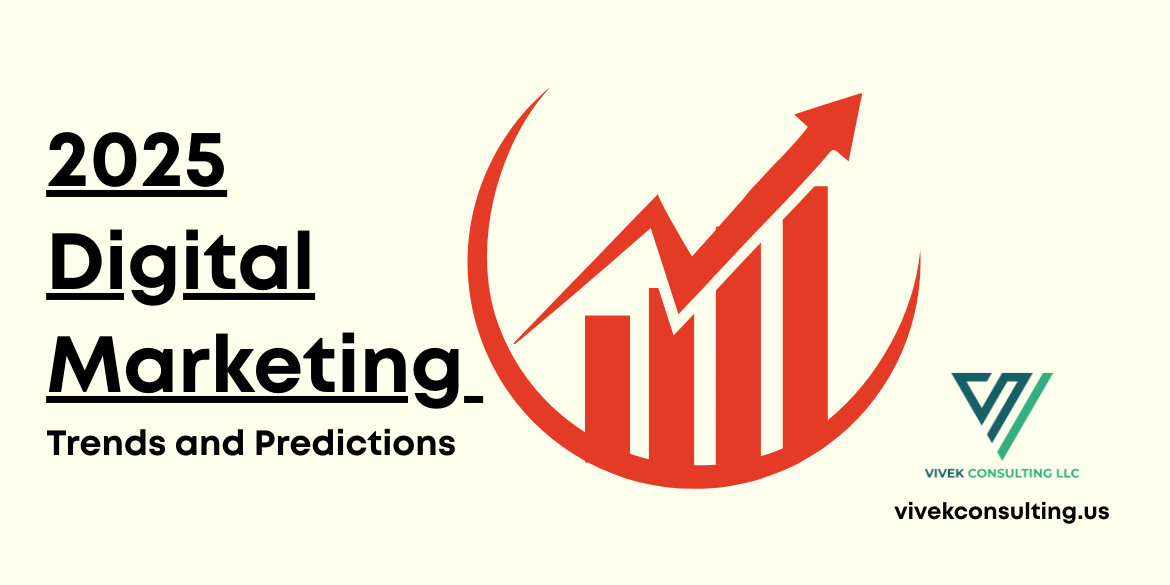 2025 Digital Marketing Trends and Predictions
2025 Digital Marketing Trends and Predictions
-
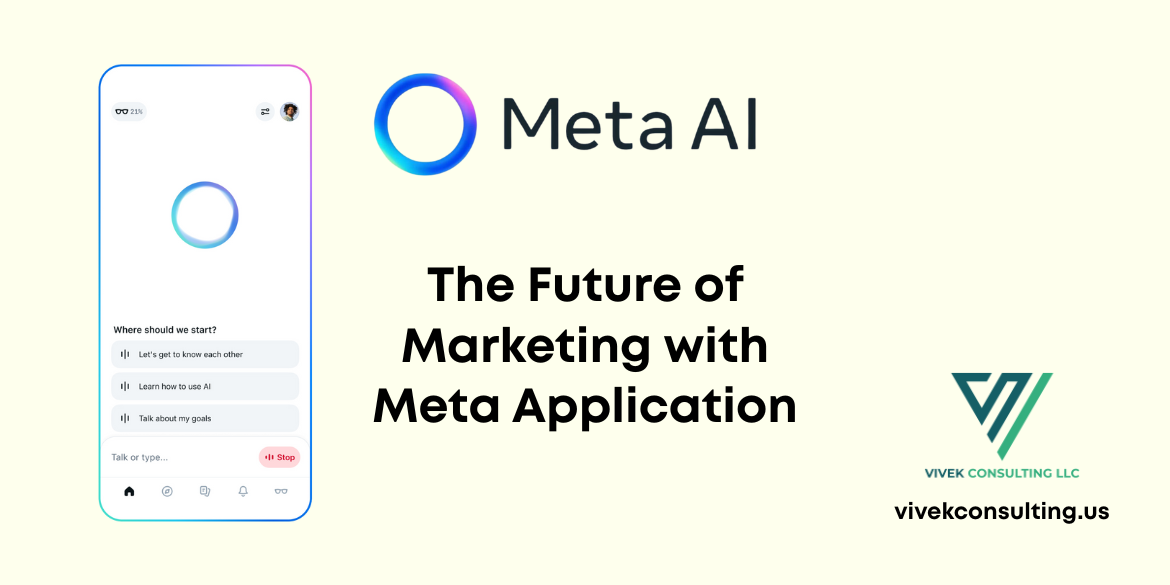 The Future of Marketing with Meta Application
The Future of Marketing with Meta Application
-
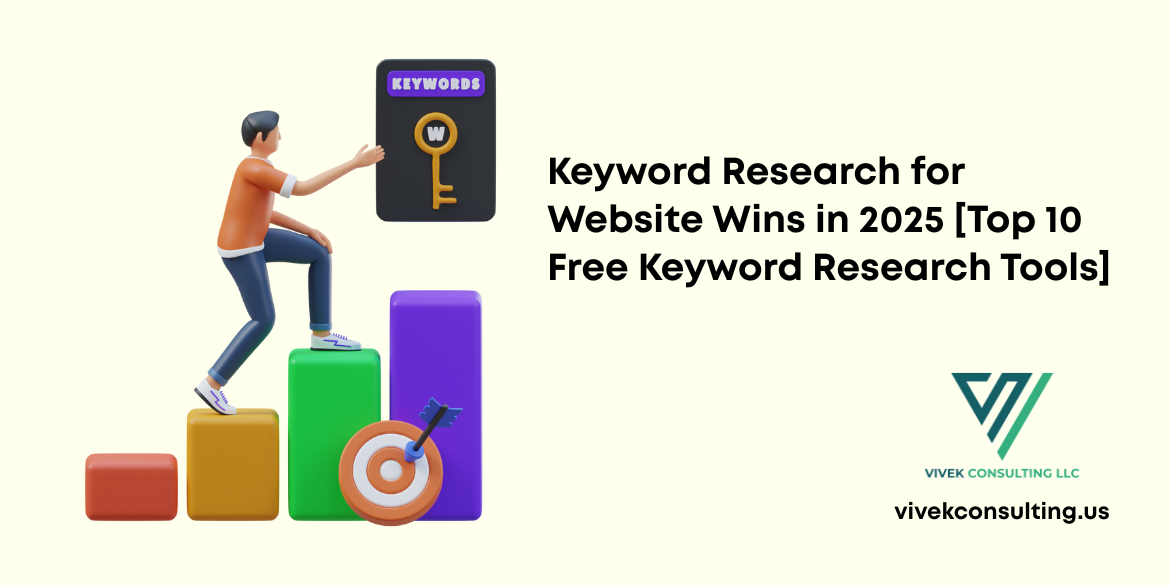 Keyword Research for Website Wins in 2025 [Top 10 Free Keyword Research Tools]
Keyword Research for Website Wins in 2025 [Top 10 Free Keyword Research Tools]
-
.png) Learning the SEO Audit Checklist. Every website should rank higher, load faster, and convert better without wasting time.
Learning the SEO Audit Checklist. Every website should rank higher, load faster, and convert better without wasting time.
-
 Ready for serious growth? Outsource services to scale your business fast and save time and money.
Ready for serious growth? Outsource services to scale your business fast and save time and money.
-
 From AI to no-code, explore the Web Development Trends You Need to Know right now.
From AI to no-code, explore the Web Development Trends You Need to Know right now.
-
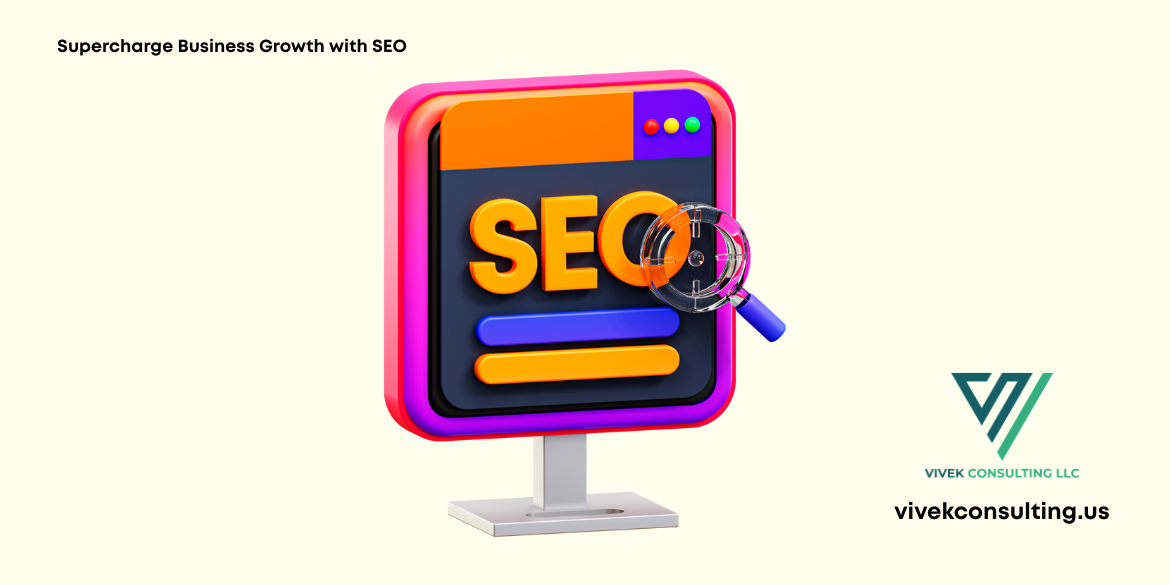 Supercharge Business Growth with SEO
Supercharge Business Growth with SEO
-
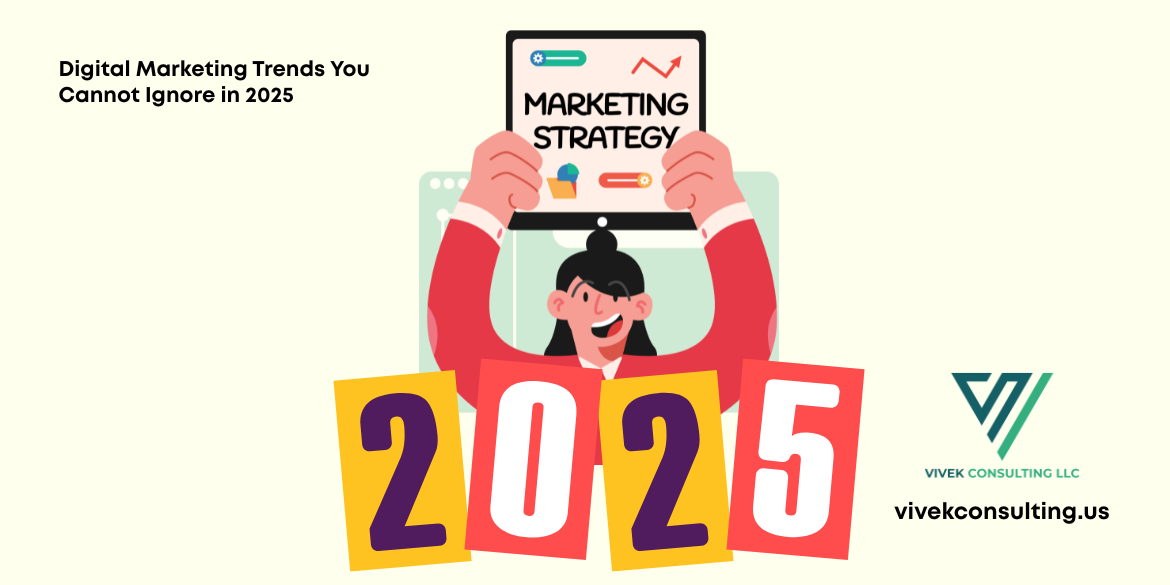 Digital Marketing Trends You Cannot Ignore in 2025
Digital Marketing Trends You Cannot Ignore in 2025
-
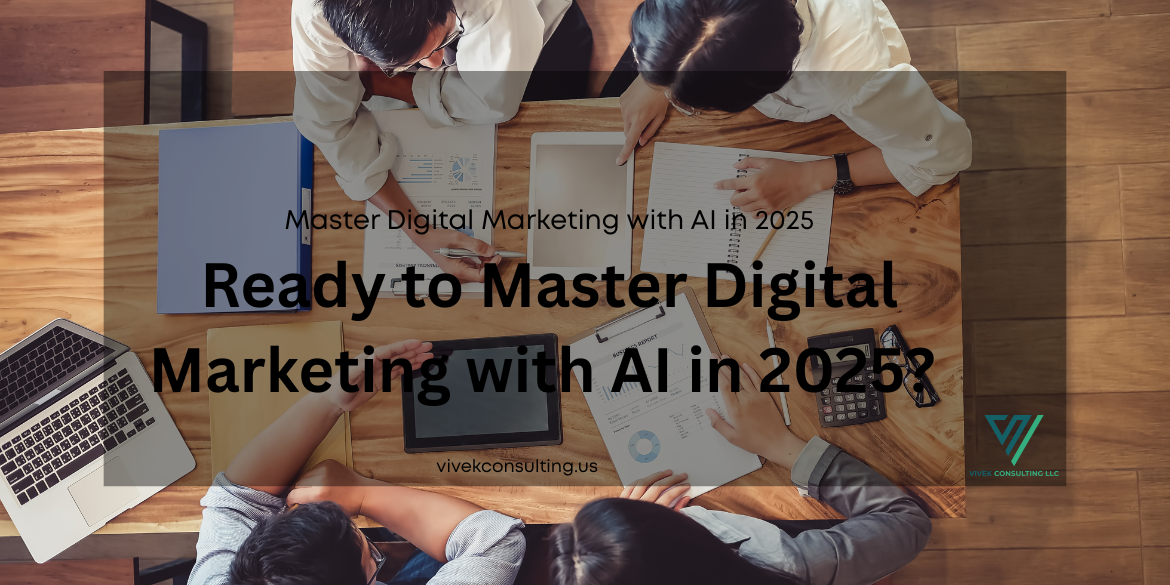 Master Digital Marketing with AI in 2025
Master Digital Marketing with AI in 2025
-
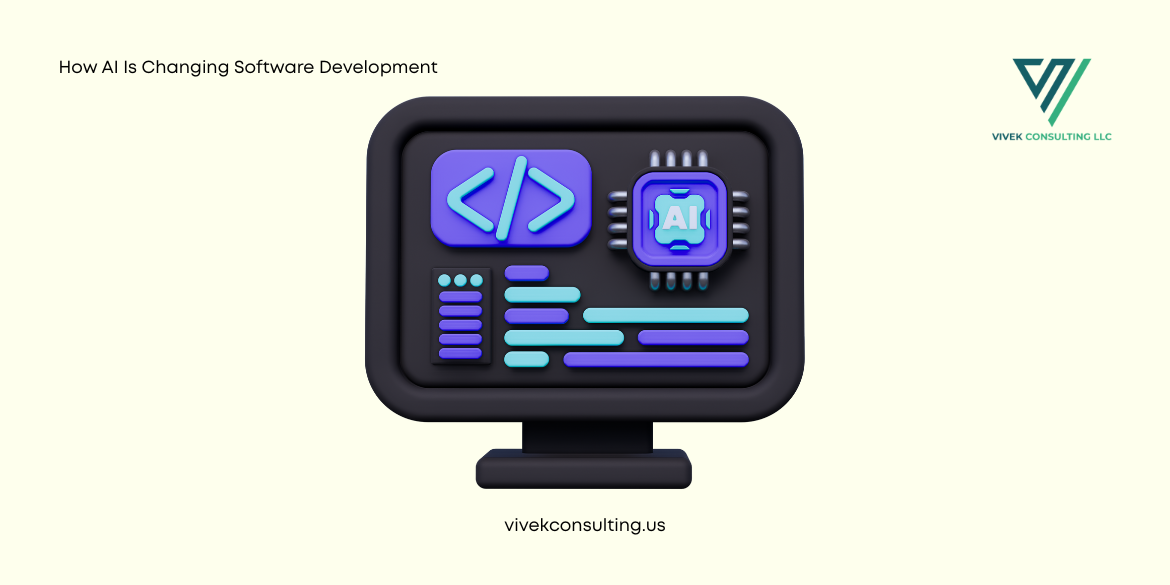 How AI Is Changing Software Development
How AI Is Changing Software Development
-
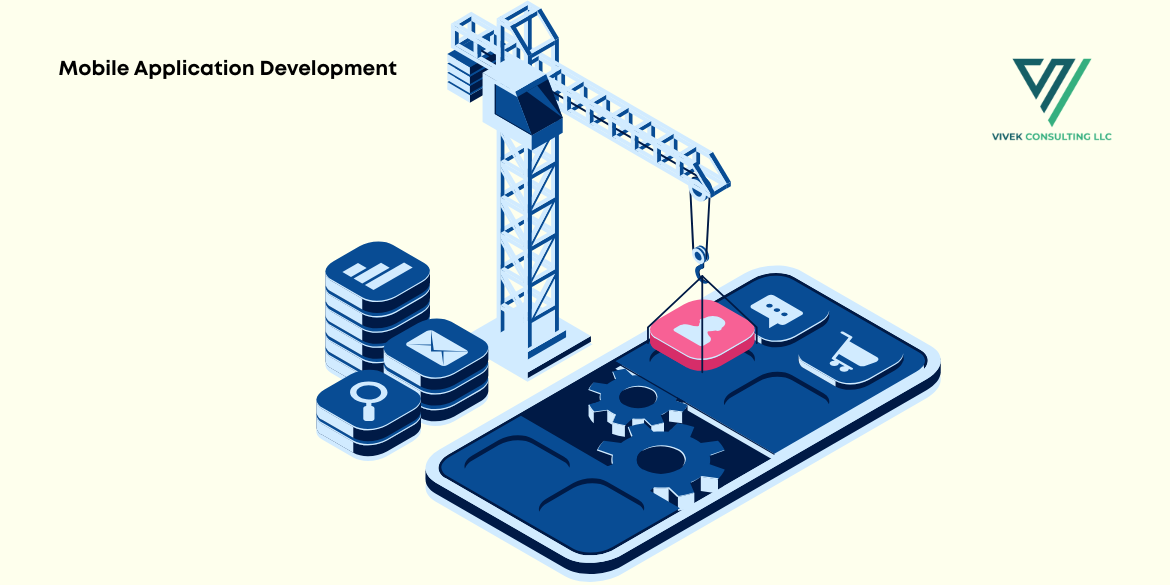 Mobile Application Development in 10 Easy Steps
Mobile Application Development in 10 Easy Steps
-
 Outsource Services to Boost Efficiency
Outsource Services to Boost Efficiency
-
 Ready to scale smart? Boost efficiency fast with managed services that work.
Ready to scale smart? Boost efficiency fast with managed services that work.
-
 Outsource Services: The Smart Move for Your Business
Outsource Services: The Smart Move for Your Business
-
 Technical SEO Tactics to Skyrocket Your Rankings
Technical SEO Tactics to Skyrocket Your Rankings
-
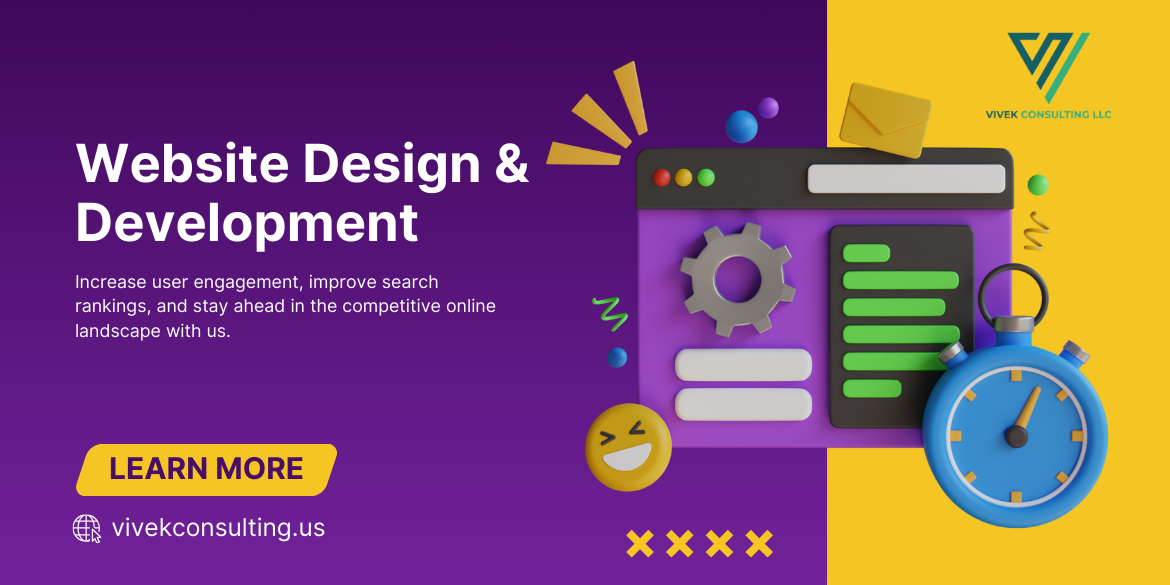 The digital world is evolving fast. Here is the web development trends you can’t ignore if you want to stay competitive.
The digital world is evolving fast. Here is the web development trends you can’t ignore if you want to stay competitive.
-
 Want more traffic? These off-page SEO tips will help you rank higher and grow like a pro! ????
Want more traffic? These off-page SEO tips will help you rank higher and grow like a pro! ????
-
 The Role of AI in Modern Software Development
The Role of AI in Modern Software Development
-
 Boost Organic Traffic Through On-Page SEO Strategies
Boost Organic Traffic Through On-Page SEO Strategies
-
 How SEO Can Skyrocket Your Business Growth
How SEO Can Skyrocket Your Business Growth
-
.png) Why Digital Marketing Benefits Business Success in Charlotte NC
Why Digital Marketing Benefits Business Success in Charlotte NC
-
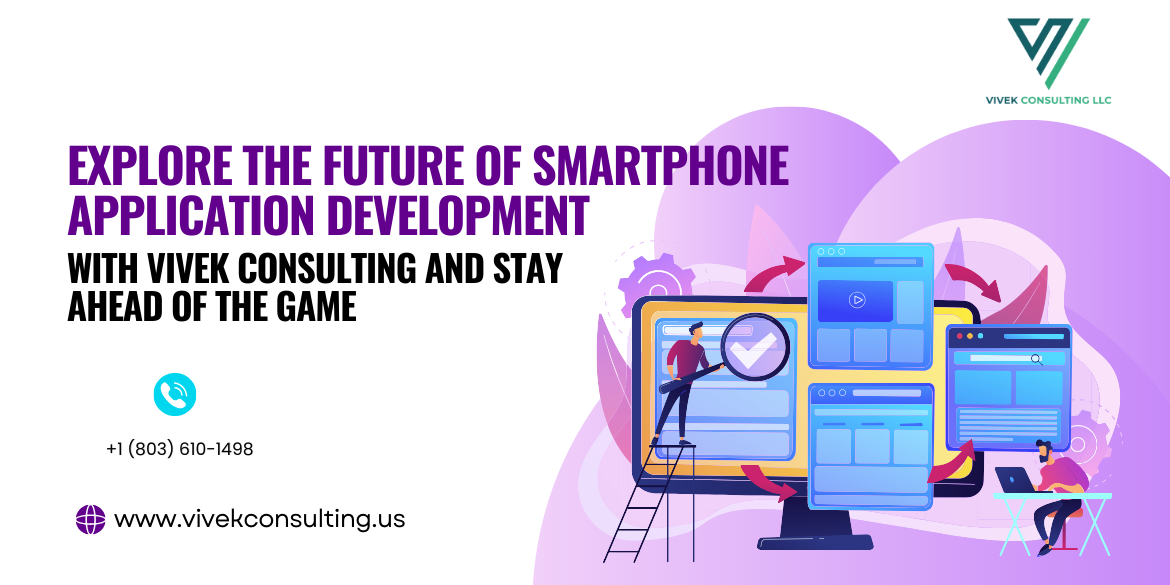 Explore the future of smartphone application development with Vivek Consulting and stay ahead of the game.
Explore the future of smartphone application development with Vivek Consulting and stay ahead of the game.
-
 Crush Your Competition with Digital Marketing Charlotte NC - Vivek consulting
Crush Your Competition with Digital Marketing Charlotte NC - Vivek consulting
-
 Why Vivek Consulting Tops Charlotte’s Software Developers
Why Vivek Consulting Tops Charlotte’s Software Developers
-
 The Innovation of Smart and Inclusive UX: How AI and 5G Are Transforming Mobile Application Development
The Innovation of Smart and Inclusive UX: How AI and 5G Are Transforming Mobile Application Development
-
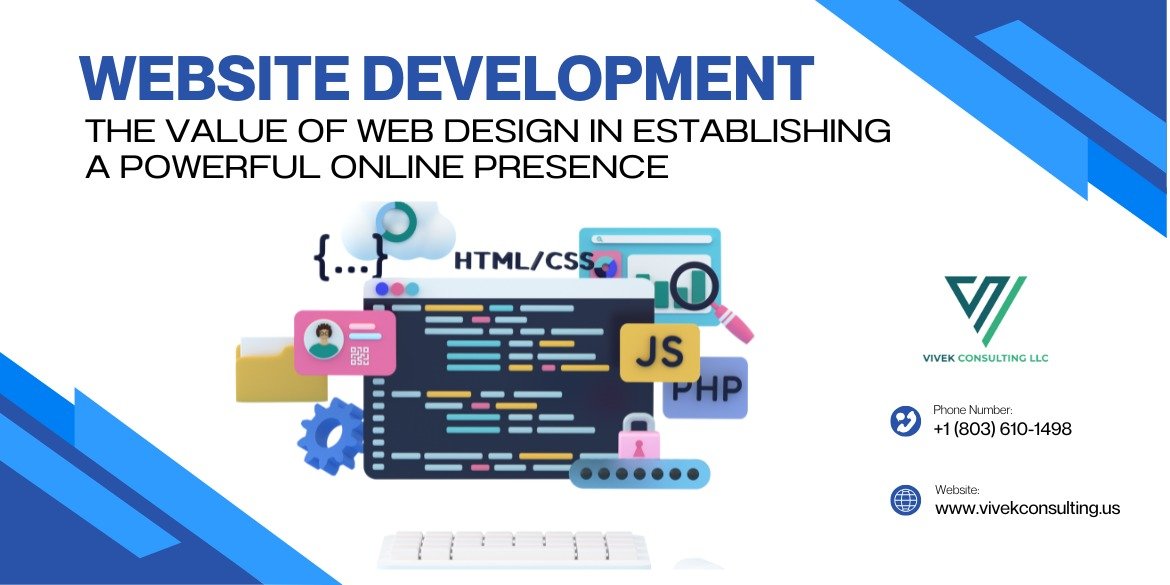 Website Development: The Value of Web Design in Establishing a Powerful Online Presence
Website Development: The Value of Web Design in Establishing a Powerful Online Presence
-
 Elevate Your Brand: Discover the Top Marketing Agency in Charlotte for 2025 - Vivek consulting
Elevate Your Brand: Discover the Top Marketing Agency in Charlotte for 2025 - Vivek consulting
